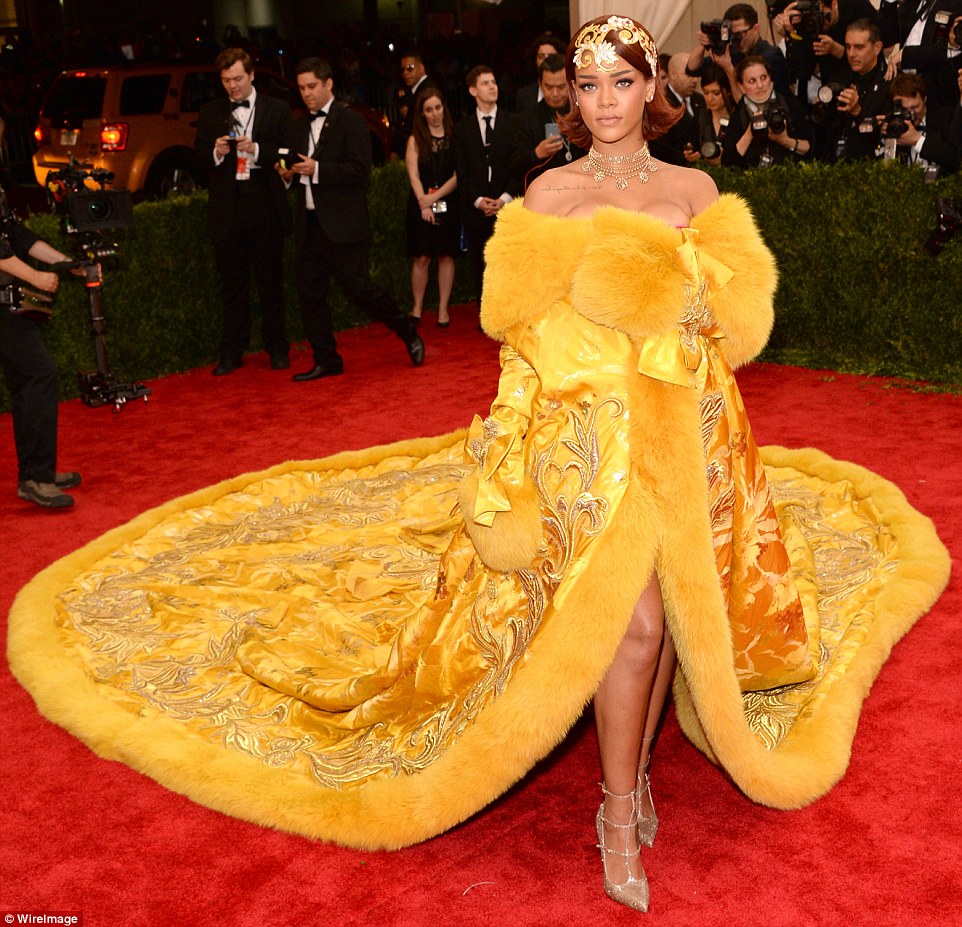
No One Is Idle
Two EIFF documentaries examine the tension between beauty and betrayal and ask who (or what) deserves support.
Musicians in the mid 90s witnessed an unprecedented surge in popularity of alternative music. It was an era in which a band could be weird, intense, and unheard of one day and have a song make it to the “top of the pops” the next. However, recently, as art industries evolve and become more commercialized, in conjunction with a decrease in social welfare benefits and higher costs of living, succeeding as an “artist” is becoming increasingly an elitist occupation, nowhere more evident than in fashion which offers both a warning and a way out to other art forms.
Lost in France (2016) is a documentary that follows a group of artists who were all associated with the record label Chemikal Underground when it was founded in 1994. Retracing a 3-day road trip they took to Mouron, France in 1997, we see the artists reconnect, reflect on experiences in the music industry, and perform their songs live again in Mouron. Throughout the film, director Niall McCann catches the artists speaking freely about the state of the industry today. Stewart Henderson (member of The Delgados, co-founder of Chemikal Underground) voices the challenges he sees for today’s musicians. Sitting in his empty office and surrounded by archives, he expresses how it takes most artists til their 3rd or 4th album, a feat that is increasingly difficult for new artists today, to make seminal work. He sets the tone for Alex Kapranos (Franz Ferdinand), to brings up recent policy changes in the UK that restrict “the dole” – the UK’s Jobseeker’s Allowances, their social welfare. Highlighting policy makers’ claims and depictions in mainstream media that young people on the dole are “lazy,” he laughs: “no one is idle, I can’t think of one person from that time who was idle, but they were all on the dole.” Kapranos explicitly brings to light the issue of welfare cuts, an opinion the director personally identifies with as a filmmaker.

http://www.m-magazine.co.uk/news/interview-stewart-henderson/
Lost in France took over four years to finance itself (which is not unusually long for a documentary.) In an interview after the film, McCann added to the discussion by noting that we don’t only want “posh twats” creating art and evoked the question: what do we as a society see as worth funding? Earning a living in film or music, is a feat that often requires years without a salary or steady income. The increase in cost of living over time combined with completely new models for distribution, that contemporary systems have not caught up with (particularly with regards to pirating film and music), makes it understandably difficult to make a living primarily from being a musician or filmmaker. However, music and film – at least today – continue to have lingering points of accessibility, an advantage that not all art forms still have.
The high-end fashion industry (meaning not the mass produced clothes that people wear day-to-day, but rather the couture garments seen on runways and red carpets), is a completely different game. The First Monday in May (2016), directed by Andrew Rossi, is a documentary that goes behind the scenes of the Met’s Costume Institute exhibition and preparations for it’s opening night – the Met Gala. These efforts are spearheaded by Andrew Bolton (Head Curator of the Costume Institute) and Anna Wintour (editor-in-chief of American Vogue since 1988) and typically involve 9 months of detail oriented design and logistical work. The film focuses on highlighting how the fashion industry is fighting to be seen as a cultural, complex art form and is bookended with images from the red carpet of expensive high end garments worn by celebrities,. Everything in the film is a decision – not only of design or a technical nature, but also of what larger cultural implications are highlighted and how the audience will read certain works. The film begs the viewer to see the designers featured as legitimate artists. Notably, everything in the film is invite-only and expensive: the 2015 Gala itself was rumored to cost upwards of 2 million USD, and the roughly 500 celebrities (including designers, musicians, actors, celebrity personalities etc) that attended donated a total of 12.5 million USD to the Met at that event. The success of the Met Gala comes out of Wintour’s ability to bring “high” and “low” brow culture together, further launching the idea that fashion is more than just clothing.

http://www.bravotv.com/blogs/anna-wintour-first-monday-in-may-must-see-this-fashion-flick-now
Wintour claims that in order for art to be successful, you must recognize it as commerce, and this insistence of fashion as commerce is both revealing and contradictory. The First Monday in May clearly highlights the immense cost involved in the industry and almost overstates the importance of donations and celebrity involvement in the industry. (The fact that it does not consider some of the industries darker elements, like the issue of labor laws and sweatshops that non-couture fashion has and the huge environmental impact the fashion industry has, furthers the notion that they have the privilege to construct their image and have a level of “freedom” in their art.) However, the film also meticulously and loyally shows Wintour paying attention to every detail, every rose, every room design and chair placement, and proofing each page of Vogue, all while unflinchingly refusing to compromise her artistic visions, seeding and developing the idea that art is more than commerce. The film reveals the continual aesthetic intention of garments and the consciousness that goes into each stitch and seam.
Now, while they certainly exist, the phrase “the starving fashion designer” is not common in contemporary fashion dialog. While historically, designers like CoCo Chanel may have been able to pull themselves out of poverty as designers, this was because being a seamstress was a practical industry job and skill for many. Fine and applied/decorative arts require a high level of capital, resources, and often education to begin and be successful as people work against the reputation that it is a practical industrious job. Film and music, on the other hand, remain largely accessible due to the (typically) lower startup costs. While newer distribution models may make profits seem impossible, they also enable an outlet for being found without the support of a main label – even the spike in “YouTube stars” highlights this potential. But, in order for people to be able to take any sort of creative risks and develop as artists, to prevent everyone from having to strive for a sell-out viral hit, there must be some sort of social net.
In the UK, changes to the dole are reducing this safety net. In February this year, a new Channel 5 TV show The Big Benefits Handout aired and raises questions about the whole UK social welfare system. It is based around a social experiment of giving unemployed families a lump sum of 26,000 GBP (the previous maximum benefit per year for families, recently lowered of 23,000 GBP), while additionally giving them access to some level of financial advisor. This reality TV show highlights the current cultural fascination with social welfare policy in the UK and how policy, the arts, and social well being all work hand in hand to create something more. While fashion indisputably is an art form, it’s elitist tendencies prevent new talents and ideas from coming in. Without systems in place to support new artists, film or music might adopt similar models as fashion as they becomes less and less financially feasible. Two new commerces that a few people enjoy total creative freedom in, but that many are left only to look at and observe.
Comments are closed, but trackbacks and pingbacks are open.